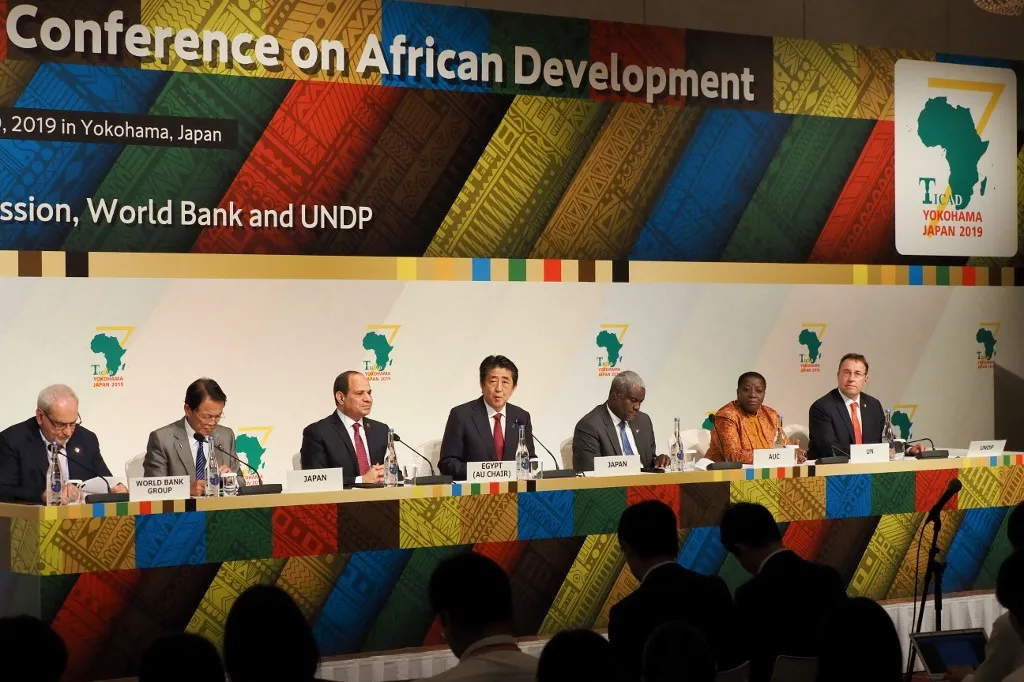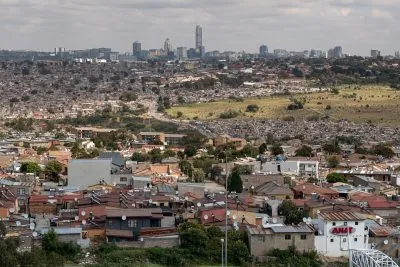Christopher Marks is head of emerging markets for the Japanese bank MUFG. This is the world’s second-biggest bank by assets – outside the state-owned Chinese ones.
He has over 30 years’ experience investing in Africa, having worked at the African Development Bank and as global head of debt capital markets at other institutions at earlier stages of his career.
In the following interview he speaks with us about what the MUFG is doing on the continent and how it is bringing in the big funds to Africa.
How important is Africa to your bank?
Africa has more relevance today than ever before. This is true for a number of reasons. We do quite a lot of business on the continent, and the more we do, the more comfortable the bank gets with doing business there.
We have engagements in numerous sectors – from large hydrocarbon projects to interesting structured social infrastructure work. The bank has understood, as it should, that a continent that will represent one quarter of the world’s population in a few decades has high relevance.
And we are really good at structured solutions for social infrastructure, for climate transition infrastructure, for public sector rehabilitation – projects that are associated with a stable Covid recovery. All of these priorities sit very nicely in our approach to blended finance as a good structuring house.
Add to this that Ticad [the Japan-Africa heads of government meeting] will be taking place this year in Tunis, bringing even more resonance and focusing minds to accelerate Japanese investments into Africa.
Today Japan – and this came as a surprise to me – is the number one climate finance bilateral sponsor in the world.

Can you give us an example of blended finance structured solutions?
In the simplest sense, it’s the combining of concessional instruments from the DFIs and multilaterals with private sector financing – and that’s the blend.
In other words, it is co-financing, with concessional public money and market-level commercial money that together allow the beneficiary country to finance an asset at an average cost that is lower than if they went to borrow from the market.
What we need to do next is to mainstream the arrival of insurance companies and pension funds. They actually provide a lot of longer-term financing worldwide but have not yet to come to Africa in their numbers.
They control a lot of the money that drives many Environmental, Social and Governance (ESG) and climate finance projects. But many of the big funds and big insurance companies don’t have mandates to invest in low or middle income countries and in jurisdictions with more complicated governance and regulatory regimes as they don’t have track records of investing there.
That’s exactly the path we’re going along, to bring to Africa the kind of track record and expertise needed. We have seen it done in Latin America when 10 or 20 years ago the ratings were low and those markets were off-limits.
A lot of groundwork went in to build a track record, to improve the ratings and now middle-income Latam debt is being sold into the United States to insurance companies on a regular basis. They understand it. So the work that is being done in Africa with the multilaterals is really transformative.
Are there any deals that you have in mind?
It’s not quite public but we’re about to finish a second Covid facility. The first one that was done with Afreximbank last year was quite exclusive to the vaccine distribution and public health resilience programmes.
The next facility will be more diverse and focuses on an economic rebuild. Japan is providing very flexible financing, creating a blended finance solution. Japan has not historically been an active financer of African social infrastructure using these tools – away from purely concessional government-to-government support – but these things gain momentum and you get a virtuous circle of engagement.
There are other transactions we are structuring, in collaboration with multilaterals that are very much ESG-focused, such as green bond-accredited specific infrastructure.
We are executing what I hope will be two really transformative projects, again getting big investors in infrastructure – and these people have never invested on the continent outside of South Africa.
That for me is a really interesting dynamic for the continent, because of the partnering that is now on display.
There is capital to deploy but we need to build that track record, right?
A bank in any country, whether it’s in Germany or Senegal, doesn’t want to lend for 15 years – that’s not the game.
The game is to support construction, to provide bridge financing, to provide middle maturity financing that allows an eventual exit. That’s how the big markets work. Every financing segment occupies its respective space according to risk tolerance.
We’re seeing these new structures and models in Africa. And we need to bring about a whole range of interesting financing for all of the adaptation and mitigation work that needs to be done – whether it’s water systems or social housing or hospitals or, of course, more wind farms and solar fields.
That is why the financing technology that we’re talking about is now making its way, meaning that banks like ourselves can make the kind of deals that we’re closing in Francophone West Africa and elsewhere.
Because we have more confidence that there are these longer-term structures which institutional investors can finance, suddenly you’re more confident about lending for two, three, four or five years in projects, knowing that you can stretch out the financing.
It creates a really helpful dynamic that is familiar to bankers like myself in more mature markets. In the language of project finance, these are mini perms, and there are middle maturity structures that are designed for exit. They do cash sweeps as a project gets more mature, and starts generating operating cash.
We see it in the Gulf where there are lots and lots of construction projects. This is the dynamic and the solutions we’re looking to replicate in Africa.
With reference to COP26, is your bank still involved in oil and gas?
Through its Carbon Neutrality Declaration in 2021, MUFG has committed to achieving a net zero emissions finance portfolio by 2050.
MUFG’s policy on the financing of new coal activities for example is extremely clear. It is a prohibited sector with the bank having made disclosures regarding the rundown of its legacy exposure.
For selective gas projects, we are supporters with forward-looking partners as long as the activity is well documented and it is understood that it performs a transition function in the energy mix of the continent.
The big projects in Mozambique form one example where every major bank you will speak to is involved in one way or another in this project. Those are big strategic projects but there are also smaller gas feeds that link in directly to the power off-taker and support economic development.
Some say that Africa is not interesting because of the size of the transactions, which are just too small for them. Would you agree with that, or say that’s just lazy thinking?
As someone who has worked on the continent since the late 1980s, I would always say that’s lazy thinking. There are a few major jurisdictions that are the obvious focuses of attention, Egypt is an easy example.
The urban infrastructure requirements in Senegal and Benin and Togo are going to be smaller than Cairo, that’s the way it is. Our job is to develop a flow of activity that makes it worth the bother for the big insurance companies, the pension funds
You need to take the time in a place like Senegal, and be able to go to these funds and say, I will give you three projects over the next five years that are in sectors that you care about, that your board cares about and you can create the partnering structures that you’re comfortable with. That’s the way to counter those arguments.
Want to continue reading? Subscribe today.
You've read all your free articles for this month! Subscribe now to enjoy full access to our content.
Digital Monthly
£8.00 / month
Receive full unlimited access to our articles, opinions, podcasts and more.
Digital Yearly
£70.00 / year
Our best value offer - save £26 and gain access to all of our digital content for an entire year!
 Sign in with Google
Sign in with Google 



